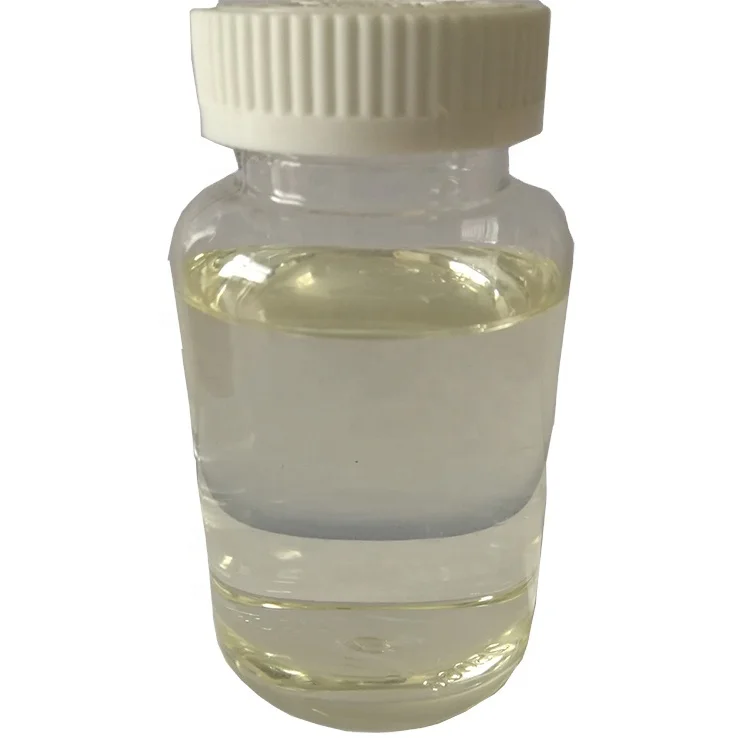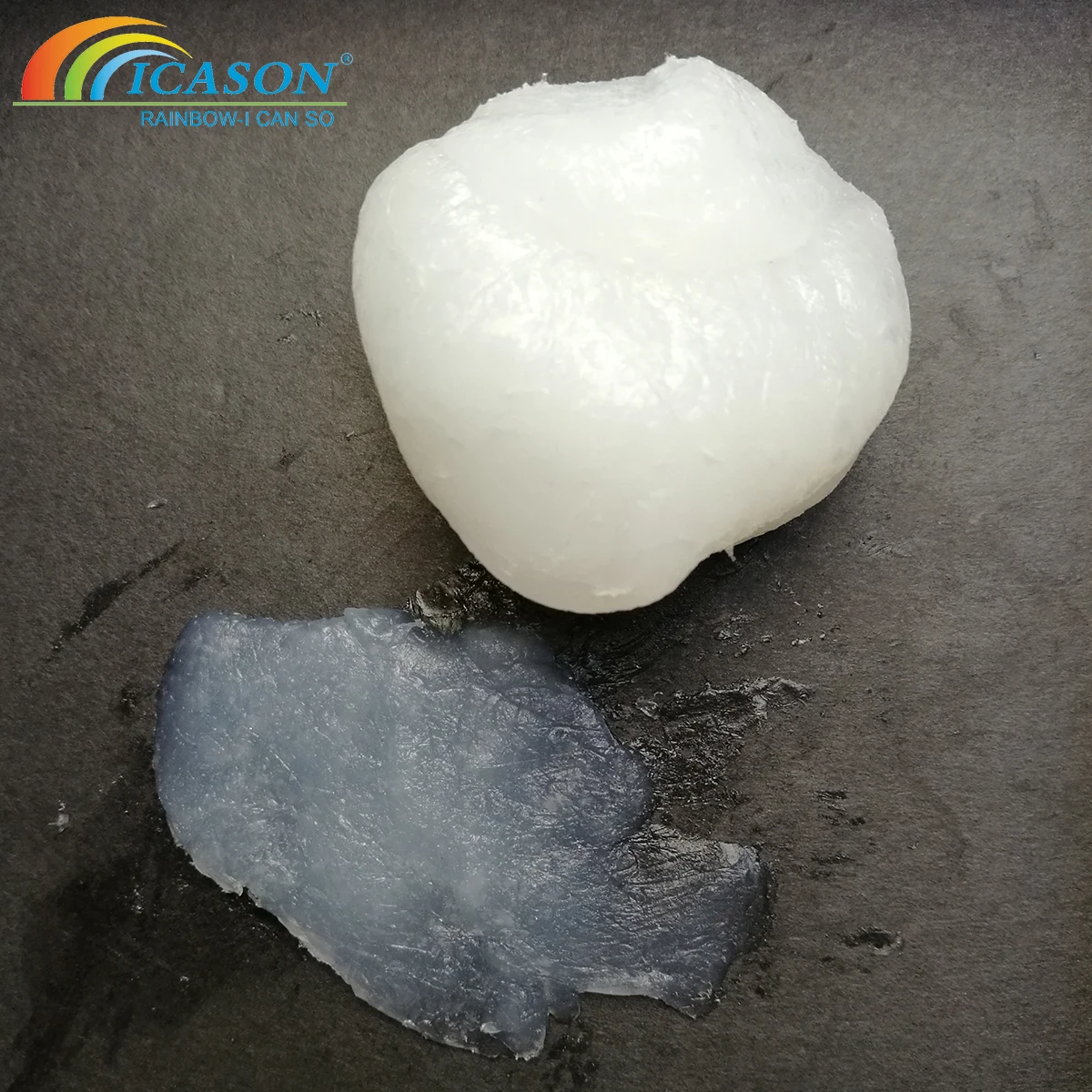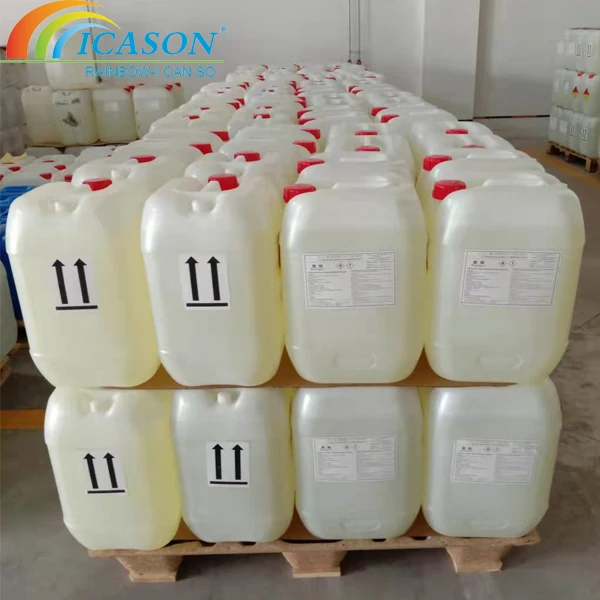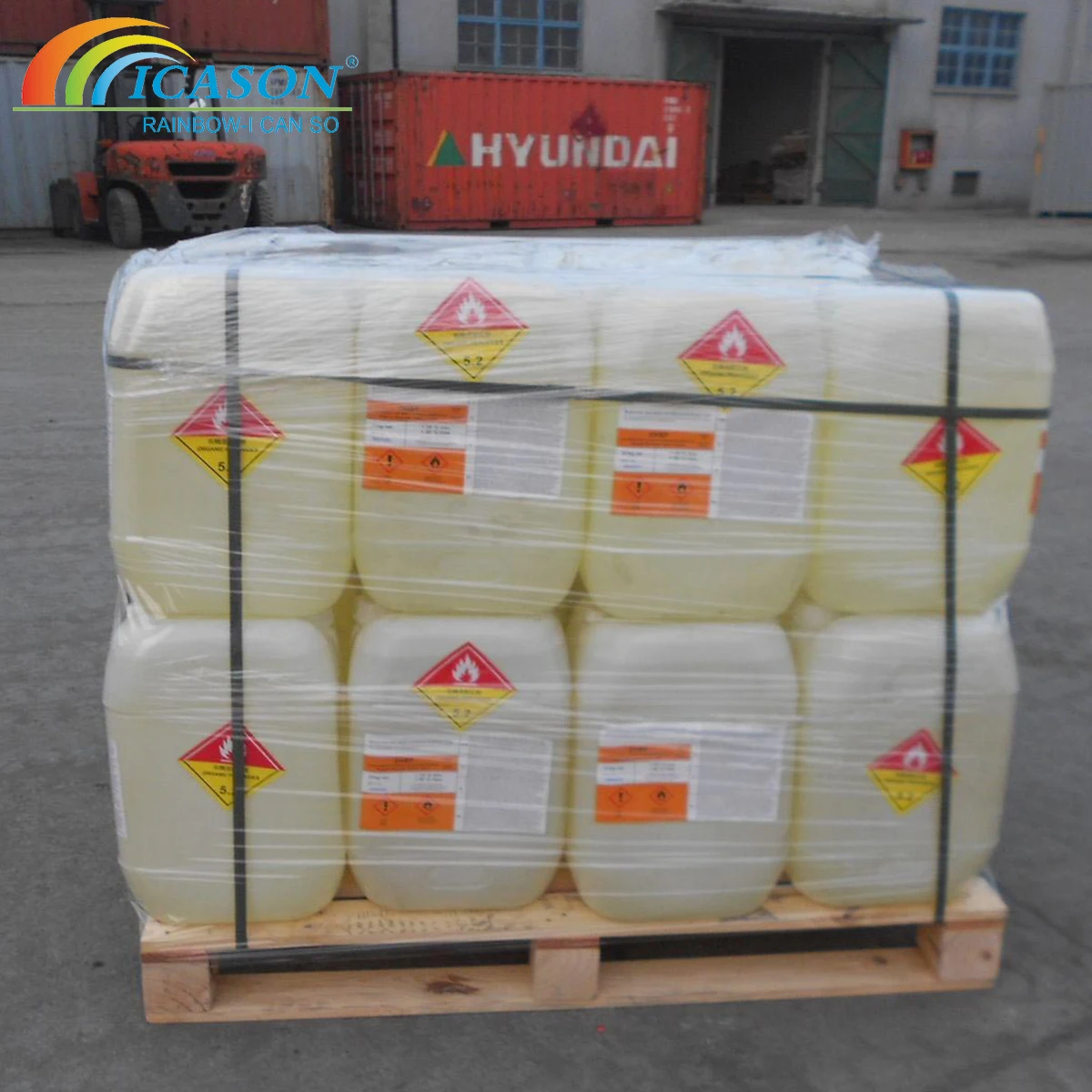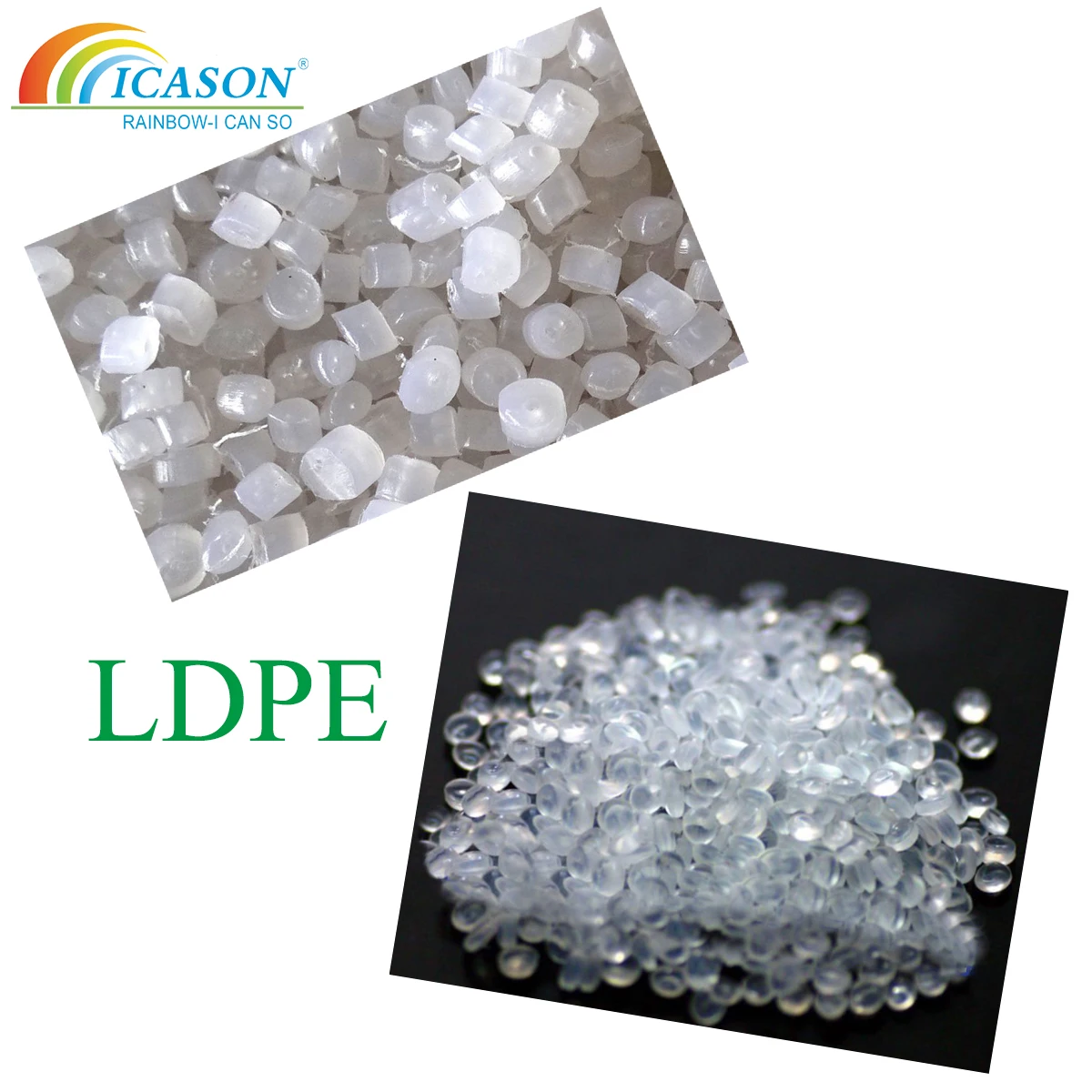DBPH CAS № 78-63-7 используется для разложения
- Категория: Catalyst >>>
- Поставщик: Henan,Icason,New,Material,Technology,Co.,Ltd.
Поделиться:
Описание и отзывы
Трекер стоимости
| Месяц | Минимальная цена | Макс. стоимость |
|---|---|---|
| Sep-19-2025 | 0.33 $* | 0.40 $* |
| Aug-19-2025 | 0.68 $* | 0.59 $* |
| Jul-19-2025 | 0.16 $* | 0.9 $* |
| Jun-19-2025 | 0.2 $* | 0.99 $* |
| May-19-2025 | 0.12 $* | 0.86 $* |
| Apr-19-2025 | 0.53 $* | 0.61 $* |
| Mar-19-2025 | 0.92 $* | 0.79 $* |
| Feb-19-2025 | 0.22 $* | 0.19 $* |
| Jan-19-2025 | 0.19 $* | 0.36 $* |
Характеристики
DBPH, CAS NO. 78-63-7, used for PP degradation
Product Description
Product description
2,5-Dimethyl-2,5-di(tert-butylperoxy)hexane
Molecular weight : 290.4
Theoretical active Oxygen content : 11.02%
CAS No. : 78-63-7
Einecs : 201-128-1
TSCA : registered
Specification
Appearance : clear liquid
Assay : 93.0% min.
Hydroperoxides : 0.3% max.
Color : 100 Pt-Co max.
Physical properties
Density, 20°C : 870 kg/m3
Flashpoint : 56°C
Freezing point : 6°C
Half life data
The most important characteristic of a crosslinking peroxide is its decomposition rate expressed by
its half life (t½) at various temperatures. For DBPH in a EPDM compound:
t½ =
0.1 hr 1 hr
10 hr
at
171°C 147°C 118°C
Storage
Ts max. = 40°C
Ts min. = 10°C
Thermal stability
Organic peroxides are thermally unstable substances which may undergo self-accelerating
decomposition. The lowest temperature at which self-accelerating decomposition may occur with a
substance in the packaging as used for transport is the Self-Accelerating Decomposition
Temperature (SADT). The SADT is determined on the basis of the Heat
Accumulation Storage Test.
SADT : 80°C
Emergency temperature (Tem) : 75°C
No control temperature (Tc) required
Hazardous reactions
Oxidizing agent. Decomposes violently under the influence of heat or by contact with reducing
agents. Never mix with accelerators.
Major decomposition products
Methane, Ethane, Acetone, tert-Butanol, tert-Amylalcohol
Packaging and transport
The standard packaging is a HDPE can for 20 kg peroxide. Both packaging and transport meet the
international regulations.
DBPH is classified as Organic peroxide type D; liquid, Division 5.2; UN 3105; PG II.
Application
Rubber crosslinking
Rubber compounds containing DBPH have excellent scorch safety.
Safe processing temperature: 135°C (rheometer ts2 > 20 minutes).
Typical crosslinking temperature: 175°C (rheometer t90 about 12 minutes)
Controlled rheology polyropylene
DBPH is an efficient peroxide for the degradation of polypropylene(CR-PP) in the temperature range
of 200-250°C.
DBPH allows polypropylene producers great flexibility in controlling a polymer’s Melt Flow
Index(MFI)



Company Information
ICASON (HOLDING) GROUP CO.,LTD
HENAN ICASON NEW MATERIAL TECHNOLOGY CO., LTD
Tel: +86-022-25621236
Fax: +86-022-60938150
Skype: icason018
Mobile: 86-17702218290/86-16639323389
Whats app: 8617702218290
We chat: 8617702218290
Web : www.icason.com
